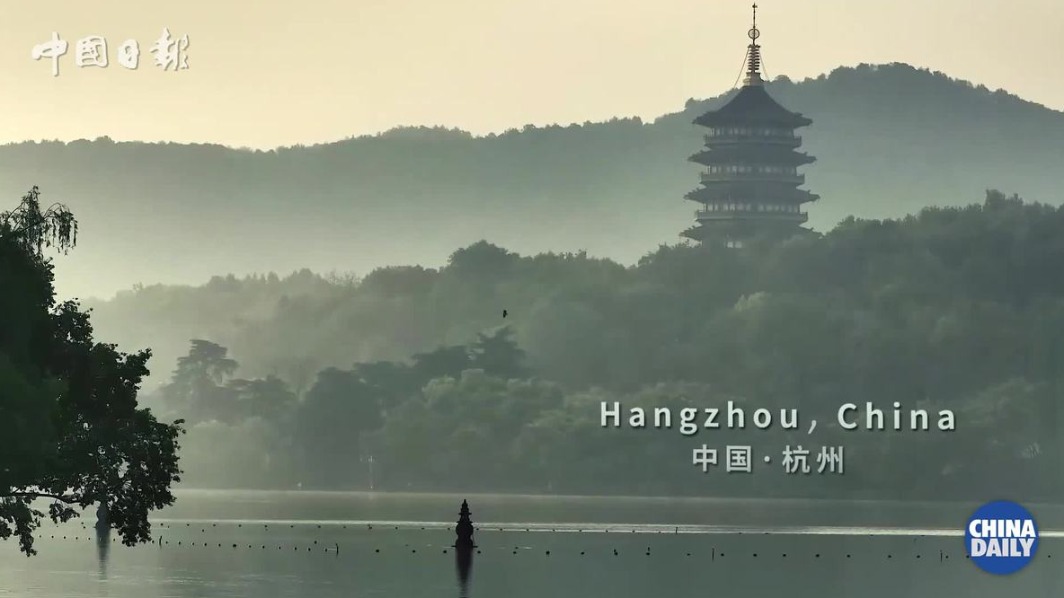Dialects in Hangzhou
Beginning with the Liangzhu Culture of the Neolithic Age, Hangzhou has experienced a long series of cultural periods, including the Wuyue and the South Song. More than 1,000 cultural relics and historical sites have been found around the city.
According to Language Atlas of China (1988), within the jurisdiction of Hangzhou the main languages are the Wu and Hui dialects. There are also some places scattered around the city where the Min and Northern Mandarin dialects are spoken.
The places that speak Wu dialect belong to three sub-areas of the Taihu Lake zone – Hangzhou area (old area of Hangzhou city), Linshao area (Xiaoshan, Lin’an and Fuyang districts, and Tonglu county), and Huzhou area (Yuhang district). Some villages and settlements in Jiande also speak the Wu dialect. Chun’an county and other places in Jiande belong to the Hui dialect area.
There are about 5,000 people living in Xihu and Yuhang districts and Fuyang county, speaking the Min dialect. The dialect was introduced by migrants from South Zhejiang province. These areas are geographically connected with the Min-spoken villages in Deqing, Anji and Changxing.
The Hangzhou dialect is a kind of Wu dialect with Northern Mandarin characteristics. It formed during the South Song Dynasty (1127-1279) when the then emperor was defeated by the Meng ethnic group and fled to Hangzhou. According to historian Li Xinchuan, the population of migrants, mainly from Bianjing (today’s Kaifeng city, Henan province), surpassed that native to Hangzhou in 1156.
The Hangzhou dialect was first popular within the ancient city walls, covering the area circled by Huancheng East Road, Huancheng North Road, Huancheng West Road and the Qiantang River. People living outside the wall spoke the Yuhang dialect. As the walls were removed and the urban area was expanded, Hangzhou dialect became more popular. By the end of the 20th century, it was spoken by one million people living in the Shangcheng, Xiacheng, Xihu, Gongshu and Jianggan districts, covering an area of 250 square kilometers. The Hangzhou dialect is still expanding from its center in the above five districts.
There are also about 8,000 people living in the seven villages scattered among the mountains in the suburban area of Southwest Hangzhou. Fifteen kilometers away from downtown, the seven villages are Maojiabu, Shuangfeng, Lingyin, Manjuelong, Longjing, Yangmeiling and Meijiawu. Due to backward transportation conditions, the people living there have less connection with outsiders and their dialect is thus more conservative.
By Xu Yue, professor from School of Humanities, Hangzhou Normal University
-
'Nice' to meet you, Hangzhou
May 6, 2024



